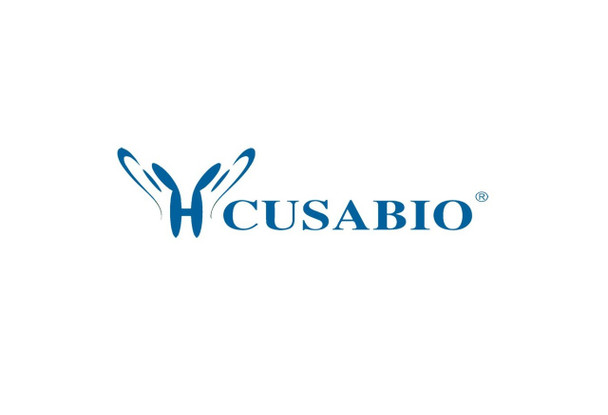Cusabio Mouse Recombinants
Recombinant Mouse Complement component receptor 1-like protein (Cr1l), partial | CSB-EP717575MO1
- SKU:
- CSB-EP717575MO1
- Availability:
- 3 - 7 Working Days
Description
Recombinant Mouse Complement component receptor 1-like protein (Cr1l), partial | CSB-EP717575MO1 | Cusabio
Alternative Name(s): Complement regulatory protein Crry Protein p65
Gene Names: Cr1l
Research Areas: Others
Organism: Mus musculus (Mouse)
AA Sequence: ELRGGLGKHGHTVHREPAVNRLCADSKRWSGLPVSAQRPFPMGHCPAPSQLPSAKPINLTDESMFPIGTYLLYECLPGYIKRQFSITCKQDSTWTSAEDKCIRKQCKTPSDPENGLVHVHTGIQFGSRINYTCNQGYRLIGSSSAVCVITDQSVDWDTEAPICEWIPCEIPPGIPNGDFFSSTREDFHYGMVVTYRCNTDARGKALFNLVGEPSLYCTSNDGEIGVWSGPPPQCIELNKCTPPPYVENAVMLSENRSLFSLRDIVEFRCHPGFIMKGASSVHCQSLNKWEPELPSCFKGVICRLPQEMSGFQKGLGMKKEYYYGENVTLECEDGYTLEGSSQSQCQSDGSWNPLLAKCVSRSISG
Source: E.coli
Tag Info: N-terminal 6xHis-tagged
Expression Region: 41-405aa
Sequence Info: Partial
MW: 44.5 kDa
Purity: Greater than 85% as determined by SDS-PAGE.
Relevance: Acts as a cofactor for complement factor I, a serine protease which protects autologous cells against complement-mediated injury by cleaving C3b and C4b deposited on host tissue. Also acts as a decay-accelerating factor, preventing the formation of C4b2a and C3bBb, the amplification convertases of the complement cascade. Plays a crucial role in early embryonic development by maintaining fetomaternal tolerance. Also acts as a costimulatory factor for T-cells which favors IL-4 secretion.
Reference: "The murine complement receptor gene family: III. The genomic and transcriptional complexity of the Crry and Crry-ps genes." Paul M.S., Aegerter-Shaw M., Cepek K., Miller M.D., Weis J.H. J. Immunol. 144:1988-1996(1990)
Storage: The shelf life is related to many factors, storage state, buffer ingredients, storage temperature and the stability of the protein itself. Generally, the shelf life of liquid form is 6 months at -20?/-80?. The shelf life of lyophilized form is 12 months at -20?/-80?.
Notes: Repeated freezing and thawing is not recommended. Store working aliquots at 4? for up to one week.
Function: Acts as a cofactor for complement factor I, a serine protease which protects autologous cells against complement-mediated injury by cleaving C3b and C4b deposited on host tissue. Also acts as a decay-accelerating factor, preventing the formation of C4b2a and C3bBb, the amplification convertases of the complement cascade. Plays a crucial role in early embryonic development by maintaining fetomaternal tolerance. Also acts as a costimulatory factor for T-cells which favors IL-4 secretion.
Involvement in disease:
Subcellular Location: Membrane, Single-pass type I membrane protein
Protein Families: Receptors of complement activation (RCA) family
Tissue Specificity: Ubiquitously expressed (at protein level).
Paythway:
Form: Liquid or Lyophilized powder
Buffer: If the delivery form is liquid, the default storage buffer is Tris/PBS-based buffer, 5%-50% glycerol. If the delivery form is lyophilized powder, the buffer before lyophilization is Tris/PBS-based buffer, 6% Trehalose, pH 8.0.
Reconstitution: We recommend that this vial be briefly centrifuged prior to opening to bring the contents to the bottom. Please reconstitute protein in deionized sterile water to a concentration of 0.1-1.0 mg/mL.We recommend to add 5-50% of glycerol (final concentration) and aliquot for long-term storage at -20?/-80?. Our default final concentration of glycerol is 50%. Customers could use it as reference.
Uniprot ID: Q64735
HGNC Database Link: N/A
UniGene Database Link: UniGene
KEGG Database Link: KEGG
STRING Database Link: N/A
OMIM Database Link: N/A









